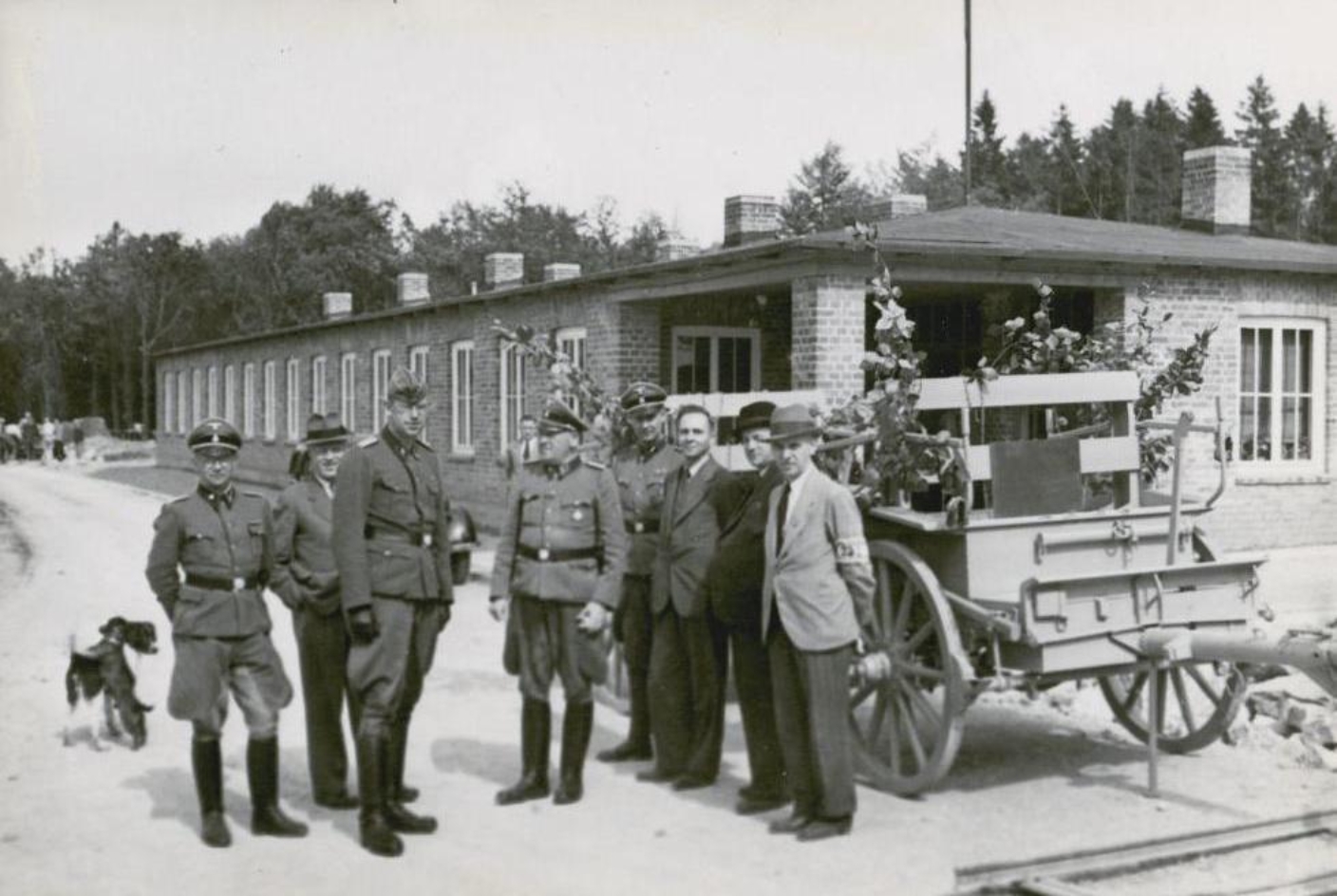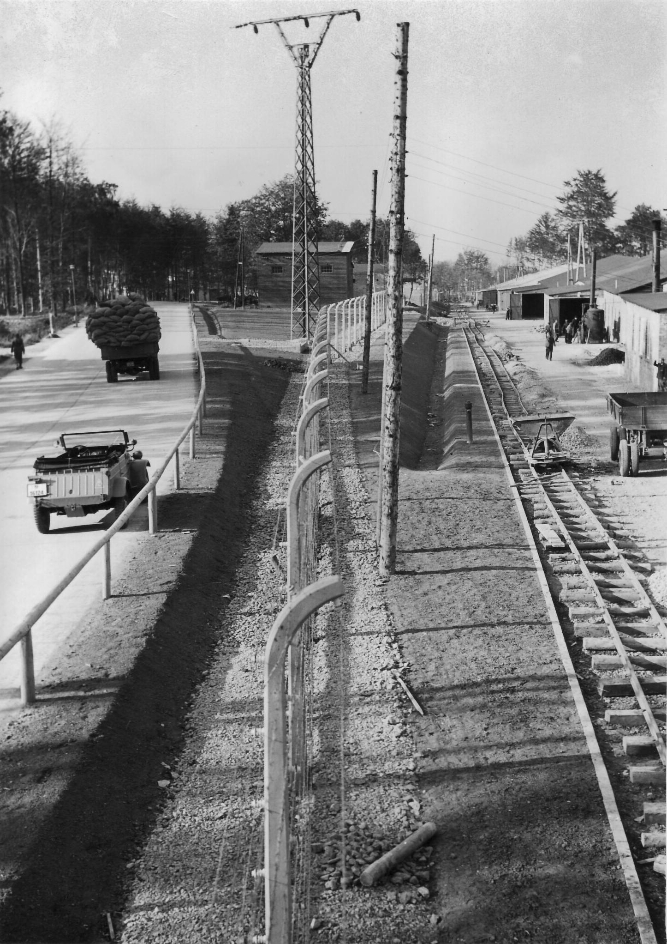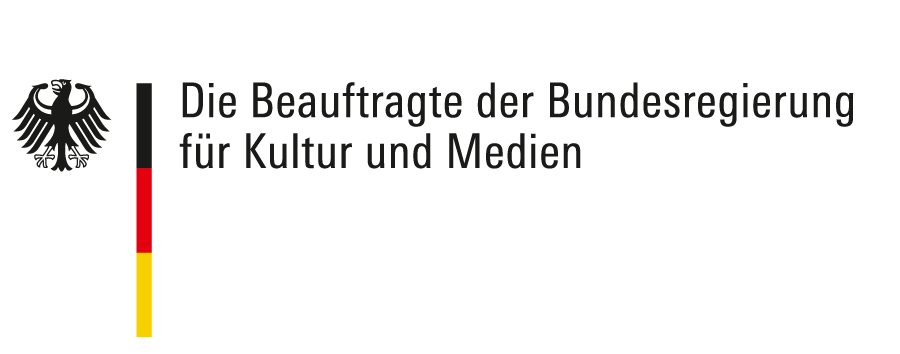
©Musée de la Résistance et de la Déportation, Besançon

©Buchenwald Memorial
The operations managers were interested solely in smooth production processes. Nearly every day, they requested new inmates in exchange for those they considered unsuitable for the work at hand. On 8 November 1944, the factory manager of the Buchenwald Gustloff plant wrote to the SS:
“To Labour Detachment Officer SS-Hauptsturmführer Schwarz
C.C. Weimar-Buchenwald
Re: Inmate deployment
We request the immediate removal of inmate no. 48967, Charlier, from the labour detachment because of lack of discipline.
Gustloff-Werke
Fritz-Sauckel-Werk
Buchenwald Plant
SignedTänzer”3
The SS complied with the wishes of the factory management. They removed Henri Charlier, a family man from Jemeppe in Belgium, from the Gustloff-Werke labour detachment. He was initially assigned to the punitive detachment deployed in the nursery garden. A few days later the SS sent him to the Ellrich subcamp. Charlier was not able to withstand the conditions there for long. He died on 2 February 1945 at the age of just 35 years.
3 Letter from the management of the Buchenwald Gustloff plant to the labour
detachment officer of the Buchenwald concentration camp, 8 November 1944,
1.1.5.1/5322012/ITS Digital Archive, Arolsen Archive

